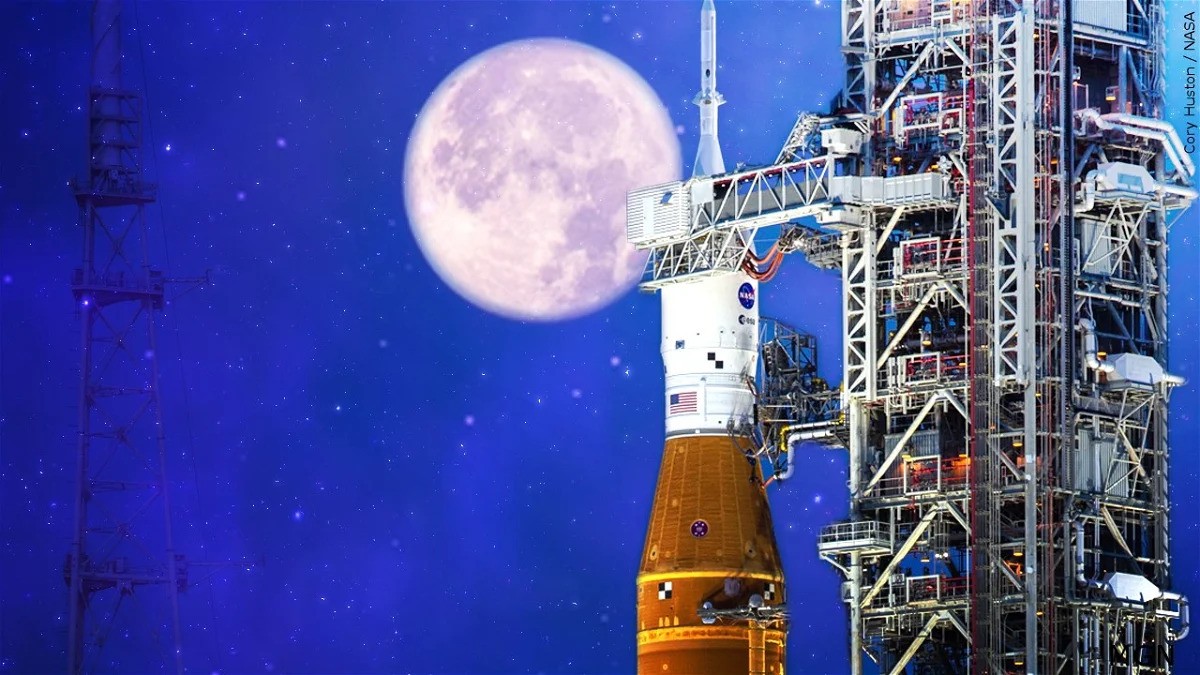NASA Postpones Astronaut Moon Landing To 2026
NASA postpones astronaut moon landing to 2026. NASA's Artemis program, designed to return astronauts to the moon this decade amid renewed global interest in lunar exploration, is experiencing significant delays, according to an announcement by the space agency.
Author:Hajra ShannonReviewer:Paula M. GrahamJan 11, 2024239 Shares14.9K Views

NASA postpones astronaut moon landing to 2026. NASA's Artemis program, designed to return astronauts to the moon this decade amid renewed global interest in lunar exploration, is experiencing significant delays, according to an announcement by the space agency.
NASA officials announced on Tuesday that the Artemis III mission, a crucial step in placing people on the moon for the first time since the Apollo program, will now launch no earlier than September 2026. The original target for this mission was 2025.
The main factors contributing to the delay are linked to the development timeline of SpaceX's Starship, the massive rocket and spacecraft system intended to transport astronauts from lunar orbit to the moon's south pole. Setbacks arose following two explosive test flights of Starship in 2023.
SpaceX faces significant challenges in advancing its lunar lander. Even after successfully demonstrating Starship's capability to reach Earth's orbit, the company must address the complex task of providing the vehicle with sufficient propellant for the journey to the moon. Jessica Jensen, SpaceX's vice president of customer operations and integration, estimates that this endeavor will require at least 10 refueling flights.
“„We must be realistic. We’re looking at our Starship progress and need for propellant transfer, the need for numerous landings.- NASA Associate Administrator Jim Free
SpaceX, as per Jessica Jensen, could potentially undertake its third Starship test flight by February, pending regulatory approvals. However, NASA officials have acknowledged potential delays in crafting the spacesuits for astronauts set to explore the moon's surface. Government watchdogs, including NASA's inspector general, have identified SpaceX's Starship development and spacesuit engineering as potential causes of Artemis III mission setbacks.
In addition, NASA has announced a delay in the launch date for the Artemis II mission, originally scheduled for November of this year. The new target date for Artemis II is now set for September 2025. The postponement is attributed, in part, to issues with the Orion crew capsule, which will house astronauts during the mission. The heat shield of the spacecraft, designed to prevent burning during reentry into Earth's atmosphere, exhibited unexpected charring and erosion during the uncrewed Artemis I mission in 2022, according to Amit Kshatriya, the deputy associate administrator for NASA's Moon to Mars Program.
Furthermore, challenges persist with the Orion crew capsule's life support system and valves, which experienced failures during testing. NASA officials anticipate that preparing the life support systems for flight will be the most time-consuming aspect of the remaining work.
A New Space Race
NASA maintains its target of 2028 for the launch of the Artemis IV mission, a key component of the Artemis program that aims to send astronauts to the upcoming lunar space station known as Gateway.
The adjusted timeline and mission reshuffling represent a significant recalibration of expectations for the Artemis program, currently NASA's flagship initiative for human space exploration. The main goal of the Artemis program is to establish a long-lasting human presence on the moon. China and other countries with similar lunar exploration aspirations are driving competition in this area.
China has already taken a leading role in 21st-century lunar exploration by conducting a robotic mission to the moon and successfully deploying the first unmanned lander on the moon's far side. Additionally, China has plans to land its astronauts on the lunar surface by the end of this decade.
“„I really do not have a concern that China’s gonna land before us. I think that China has a very aggressive plan. I think they would like to land before us … but the fact is that I don’t think they will.- NASA administrator Bill Nelson
The disclosure of delays in NASA's crewed Artemis missions coincides with a setback in the space agency's robotic lunar exploration initiative known as CLPS (Commercial Lunar Payload Services programs).
NASA has collaborated with four companies to create landers capable of transporting scientific instruments and other cargo to the moon. Unfortunately, the inaugural launch of one of these landers, the Astrobotic Peregrine lander, ended in failure shortly after liftoff on Monday. The company is now evaluating the disposal options for the vehicle, as it is running out of propellant on its journey to the moon.
Jump to

Hajra Shannon
Author

Paula M. Graham
Reviewer
Latest Articles
Popular Articles
